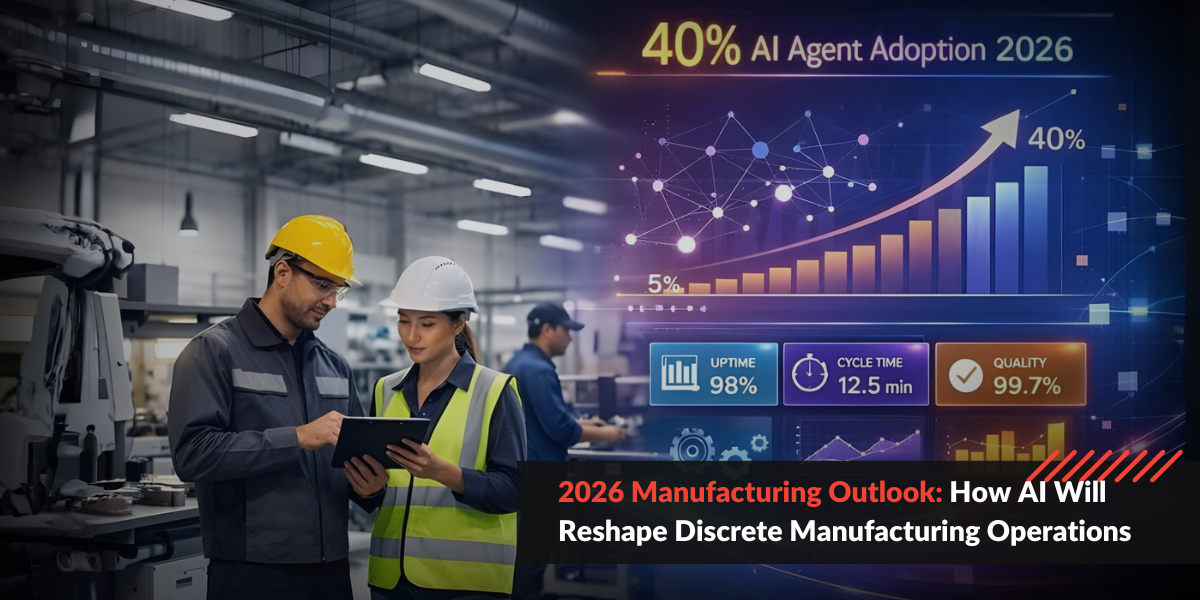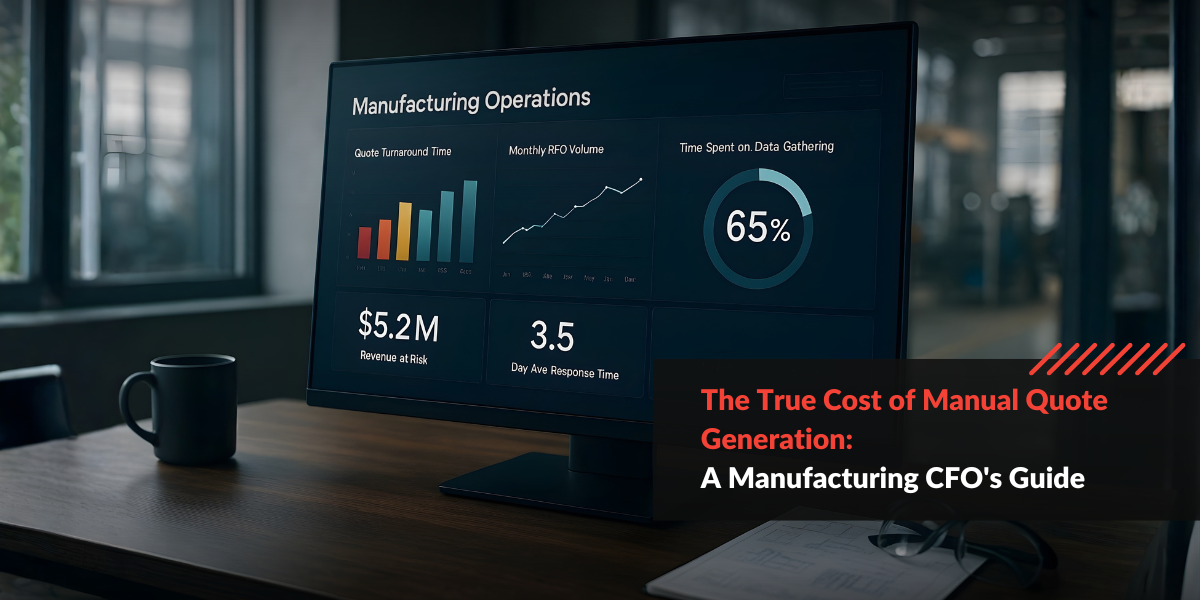Intelligent Automation is being widely adopted in businesses across industries as it enables hyperautomation – the end-to-end automation of processes. This is thanks to its Artificial Intelligence (AI) and Machine Learning (ML) components, as well its Robotic Process Automation (RPA) component. The combination of these technologies is often referred to as Intelligent Process automation (IPA) and it allows an extensive range of process automation.
The majority of business processes are manual intensive, predictable and repetitive in nature. Over 70% of these tasks can be automated using IPA. Its RPA components allows for rule-based automation while AI processes unstructured content and ML capabilities allow the solution to improve over time. Automation can also function with humans in the loop when it comes to more complex procedures that require human intervention, resulting in 15-20% workload automation.
Many industries are turning to IPA in order to optimize their business processes. The IPA market was valued at $6.25 billion in 2017 and projections estimate it will reach $3.75 billion by 2023. Clearly IPA adoption is set to increase exponentially. Financial services and retail have taken the lead while manufacturing, healthcare, hospitality and shared services firms have recently increased traction.
The benefits go beyond minimizing manual effort thanks to automation. Faster turnaround time, greater accuracy, reduced expenditure, scalability and compliance can also be achieved with IPA.
With IPA offering tremendous opportunities, enterprises must carefully construct a strategy to harness this digital transformation in order to deliver value throughout the automation journey. Here are six automation best practices to adopt.
- Prioritize your Best-fit IPA Use Case
Identify a use case that has the highest level of data-intensive, repetitive tasks that would significantly benefit from automation when compared to other business processes. This aids in quantifying the value it can deliver and allow for automation endeavors that deliver results as envisioned. The best way to begin is to start small, achieve fast wins. This will give your key stakeholders more confidence in automation abilities and pave the way for further automation use cases. Once your business has gained a certain level of experience future IPA implementations become easier to scale. You can take a look at 7 steps to identify an AI use case for further insights.
- Establish Achievable ROI Expectations
Ensure that everyone is on the same page for the expected goals of the IPA implementation by establishing the expected ROI for the use case and the time-frame for this ROI. You must also clearly identify the expected improvements and metrics for assessing them for the use case at hand. Once you have picked a feasible use case, IPA can provide ROI fairly rapidly, but without a clear picture of the expected ROI, there may be misconceptions about the expected outcome of the use case. This can impact further automation initiatives at your organization.
- Construct a Precise Governance Framework
When you establish a governance structure with well-defined roles and responsibilities for automation activities you can be better positioned for a successful IPA initiative. Key elements for governance most often include:
- Guidelines and templates for evaluating, designing, developing and deploying bots that enable inter-departmental collaboration.
- Internal change management frameworks.
- Measures to track performance and productivity thereby assessing impact and areas for improvement.
- Ensure IT & Business Collaboration
Many IPA implementations fail due to poor collaboration between the business and its IT functions. This is because most of the time business executives’ function on the assumption that IPA solutions inherently do not require extensive IT support. Ensure that there is a combined from both IT and the other business departments with an operating model that defines the roles and responsibilities of all those involved. This ensures smoother implementation with the focus remaining on generating value from the IPA use case, rather than struggling to get it off the ground.
- Leverage Proven IPA Tools and Partners
Many IPA solutions have RPA components that are equipped to primarily deal with common automation processes. Businesses can drive value by implementing pre-built automation libraries that come along with re-usable components to connect to back-end systems, data-extraction capabilities and cost-plus licensing options. As companies continue to expand their business process capabilities to encompass unstructured data, they will require cognitive abilities delivered through expanded technology solutions which can be integrated into their technology eco-system. It’s a good idea to examine case studies and the track record of the technology you’re considering adopting. Picking the right implementation partner can also help you fast-track your IPA implementation for maximum value.
- Re-engineer Processes for Maximum Value
Experienced IPA implementation partners will recommend re-engineering business processes so that they include minimal exceptions. An important aspect of boosting operational efficiency is re-evaluating and re-engineering processes removing inefficiencies. This improve the entire process workflow streamlining it for maximum efficiency, then leveraging automation to accelerate the process and ensure accuracy. This process optimization is crucial to deriving the highest value from your IPA use case.
If you’re interested in ensuring maximum value from your IPA use case, the Rapid Acceleration Partners team would be delighted to assist. Our next-gen, AI-powered content intelligence platform RAPFlow enables full lifecycle AI orchestration on a single platform. When used in tandem with our RPA solution RAPBot, it provides end-to-end workflow automation capabilities that can be deployed in just weeks. You can even build your own use case and the platform can easily integrate with your existing systems. Book a demo to get a more detailed understanding of how our products can transform your business.




